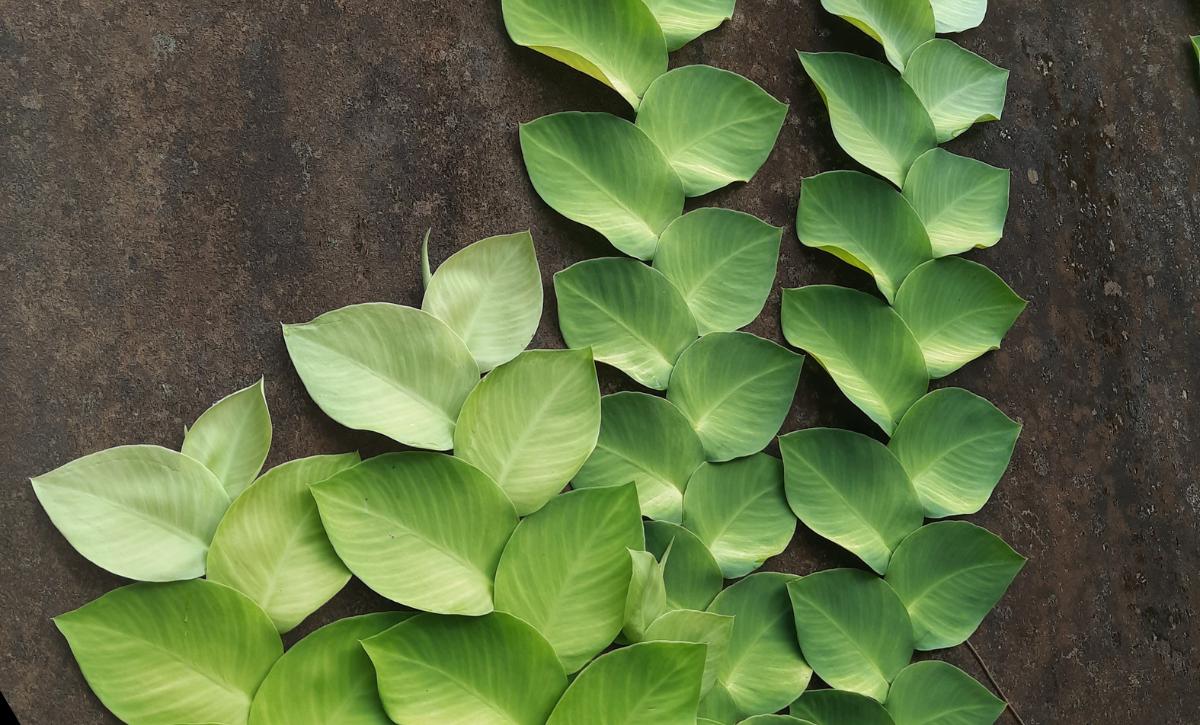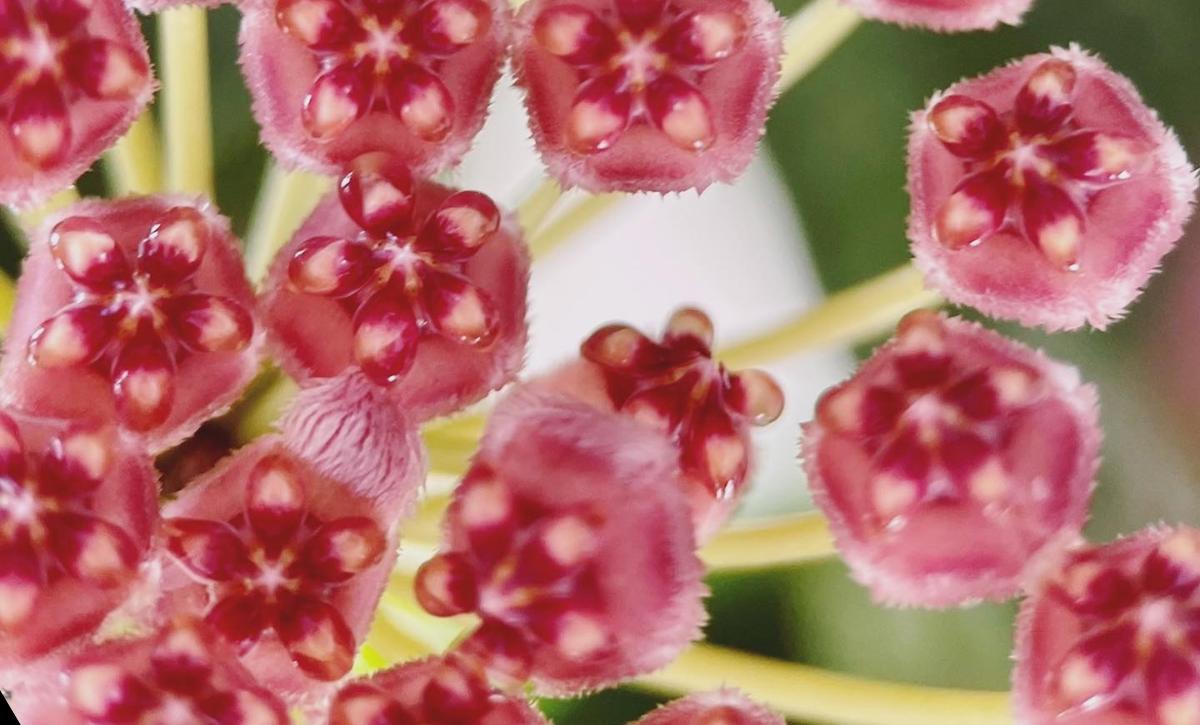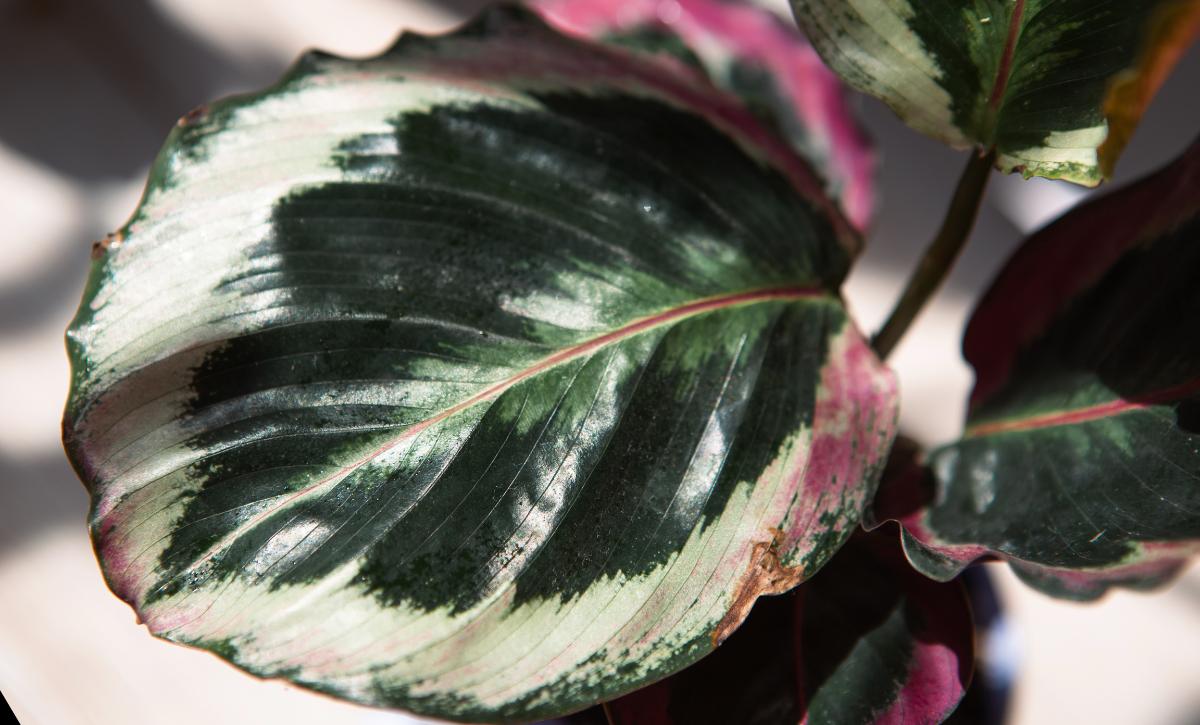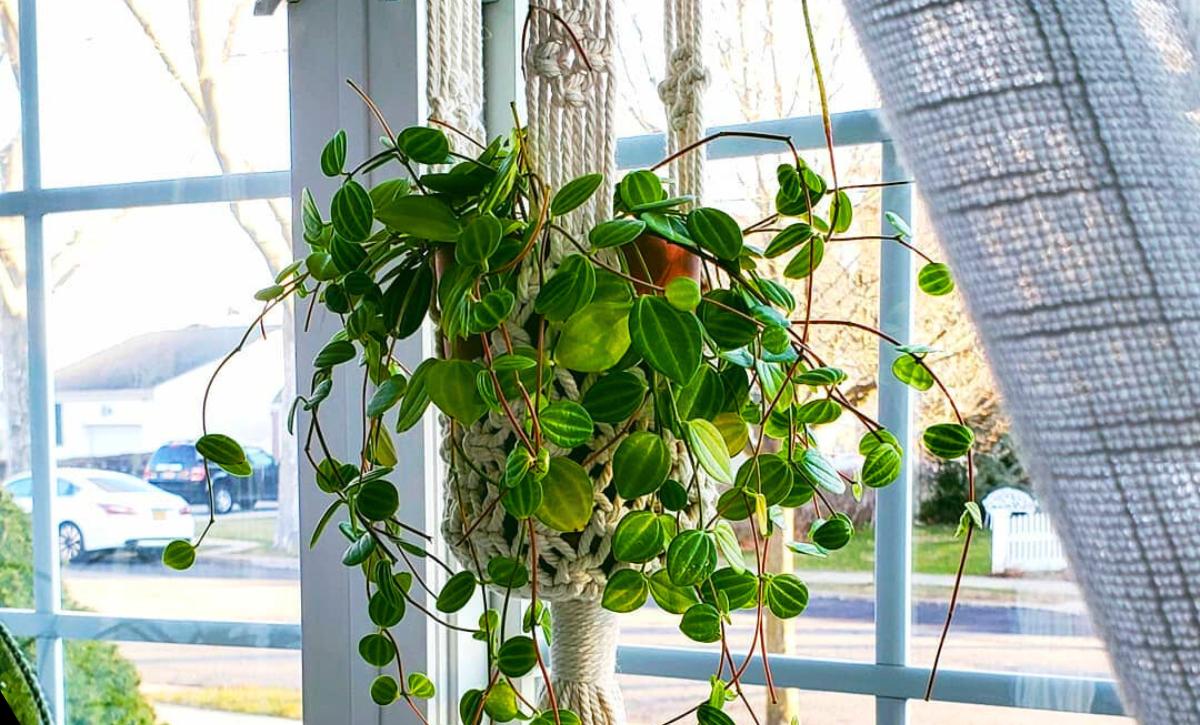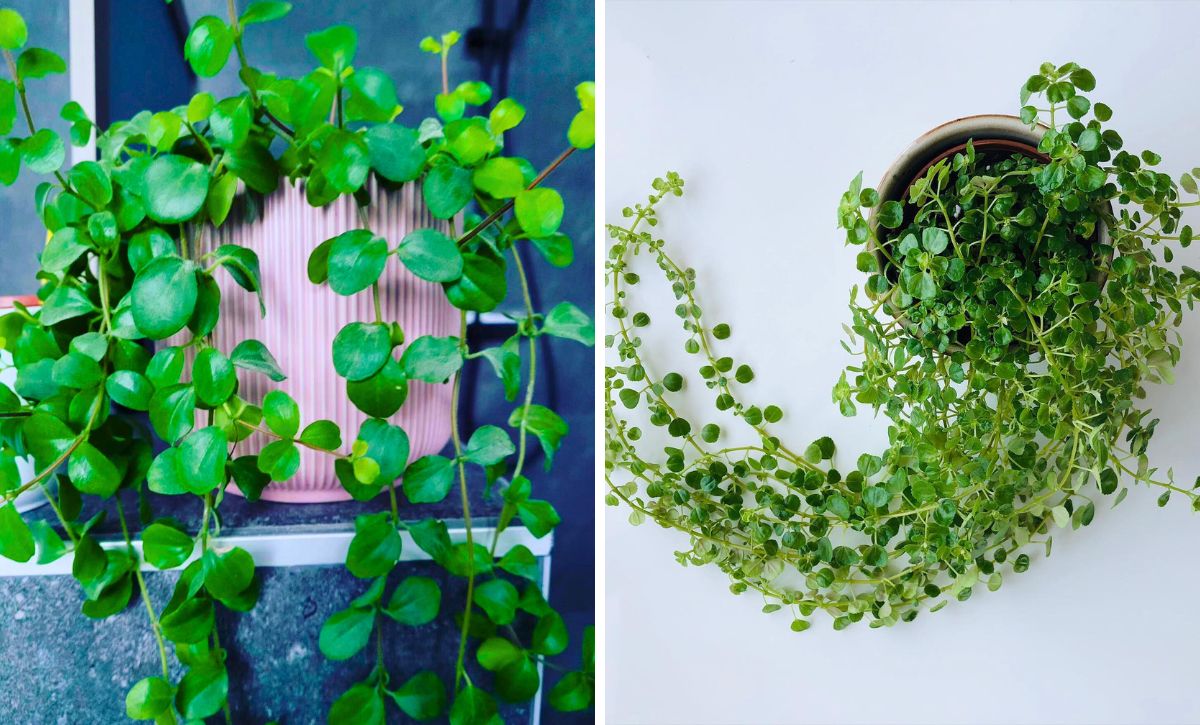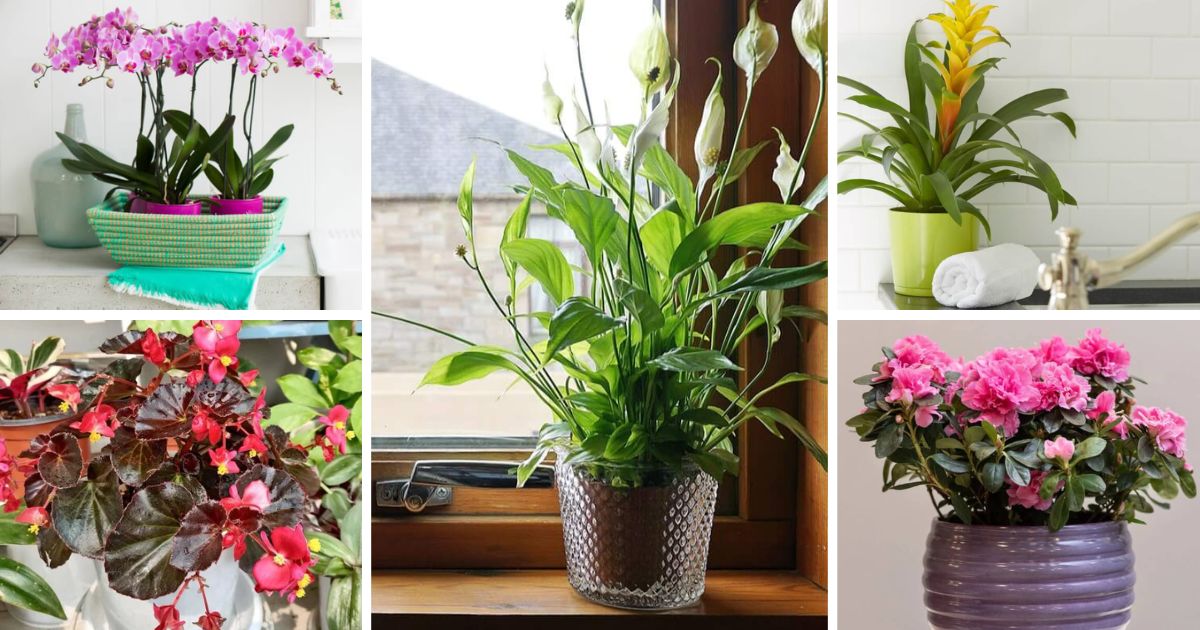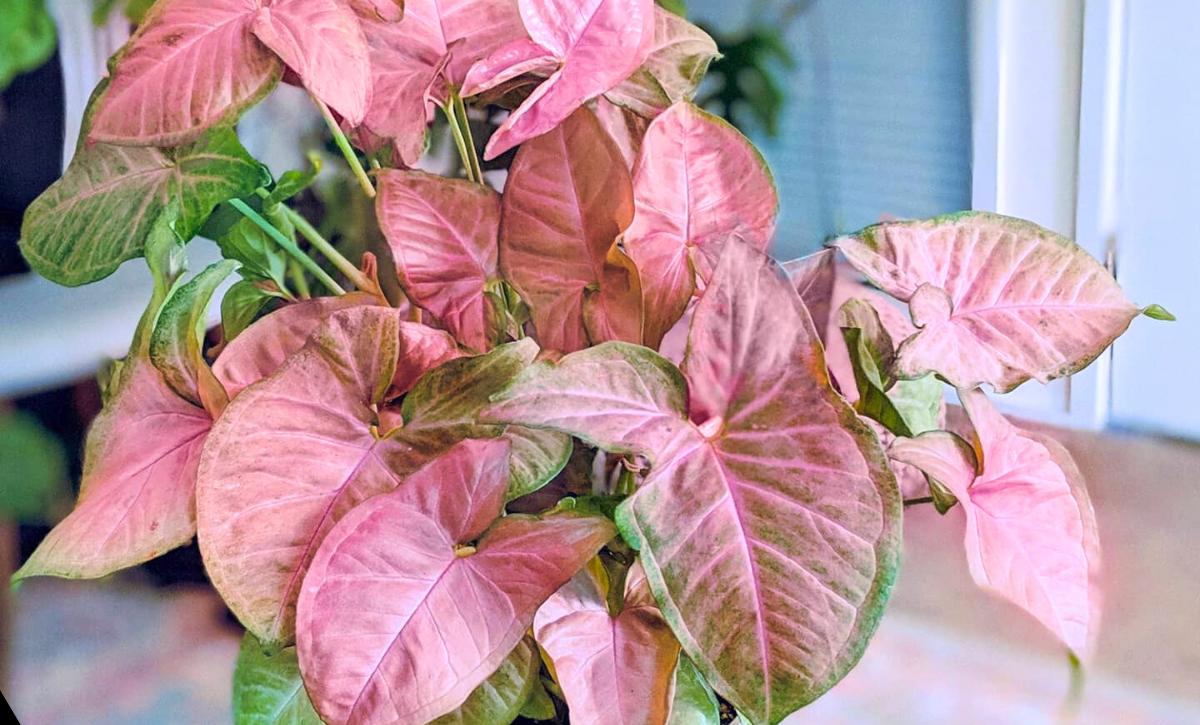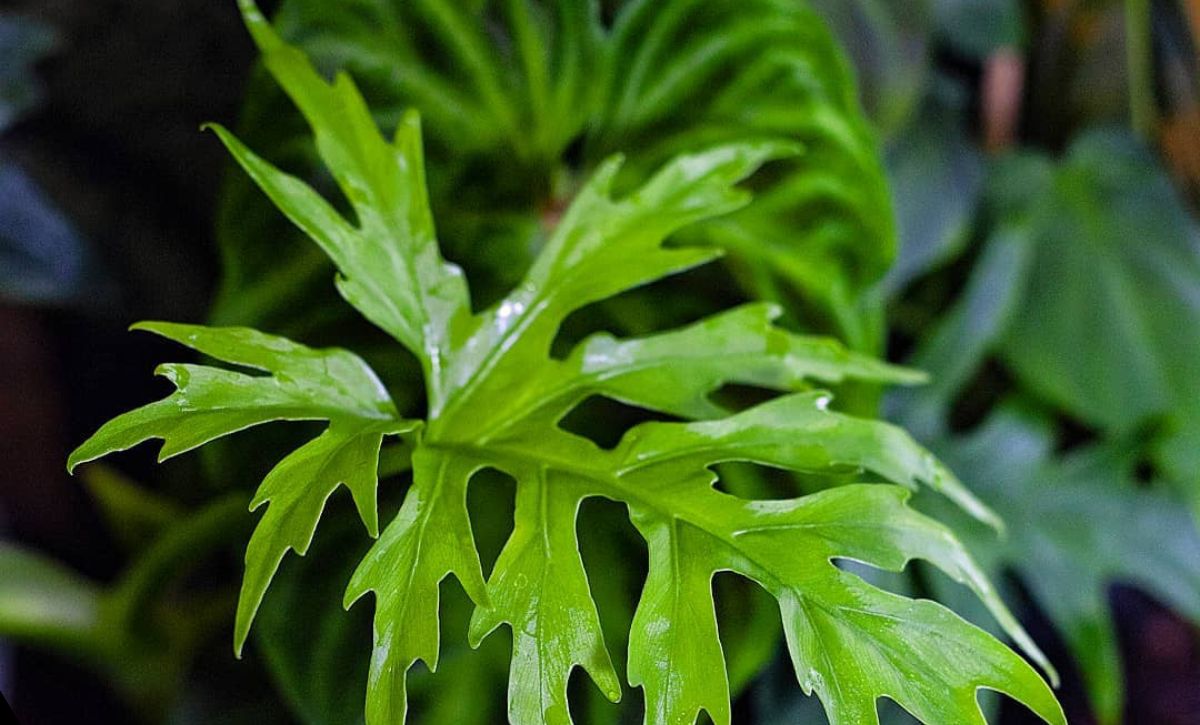The Araceae family has one of the most interesting indoor plants. Some of these plants are more common than others, but they all make a great addition to any indoor space.
Philodendrons and Monsteras are some of the most common plants in this genera, but the Raphidophora follows close behind them.
The good thing about plants from this genus is that they are low-maintenance and amazing to look at.
This article will examine one of the most unique Rhaphidophora species, the mesmerizing Rhaphidophora korthalsii.
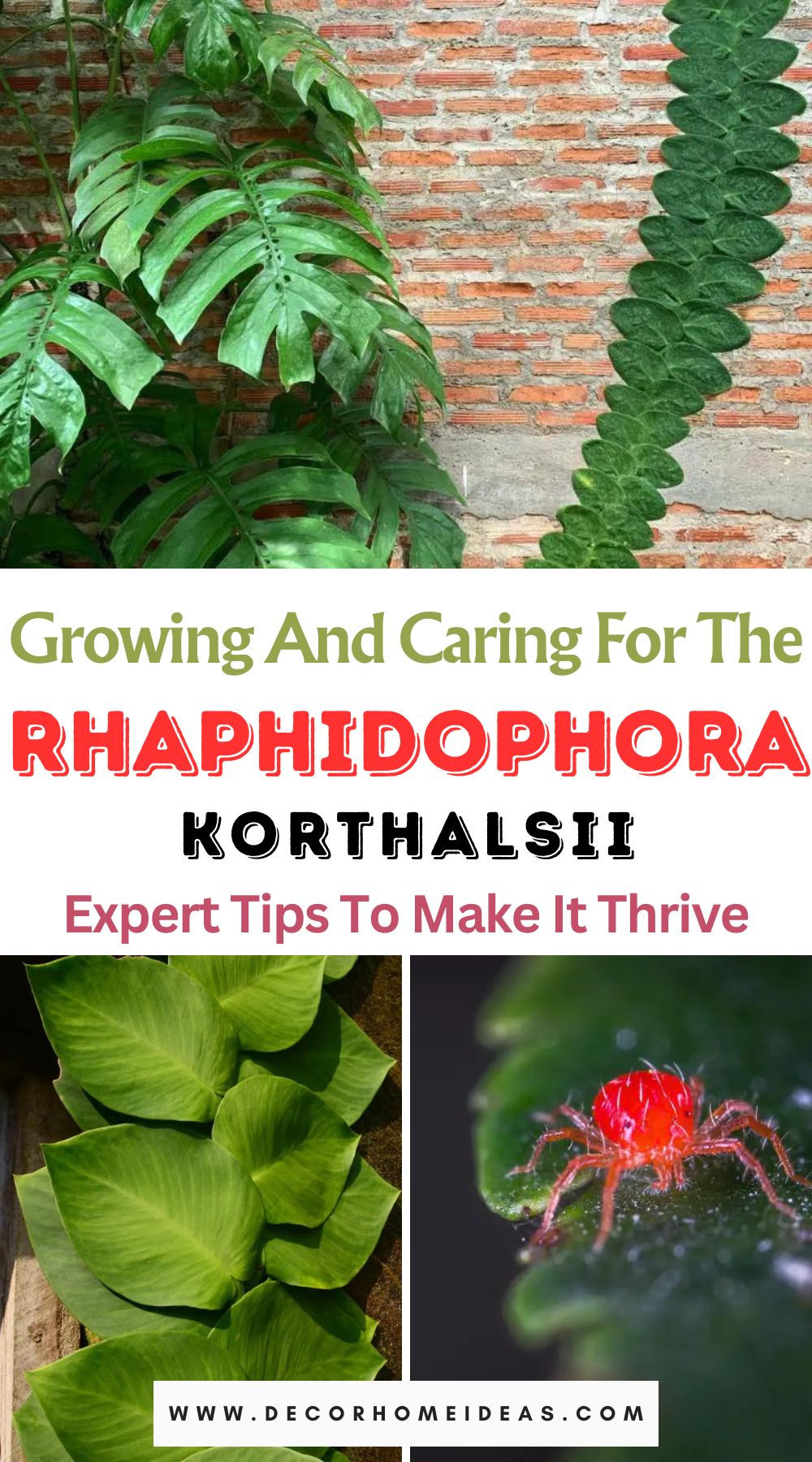
While this plant isn’t overly unique, many people may not have heard of it due to its complicated name. But there are several nicknames that it goes by, so it shouldn’t be too elusive.
Before we get into the details about its care requirements, appearance, propagation, and common issues that affect it, let’s cover some basic info about R. korthalsii.
| Family: | Araceae |
| Genus: | Rhaphidophora |
| Scientific name: | Rhaphidophora korthalsii |
| Common names: | Pothos celatocaulis, the shingle plant, Rhaphidophora celatocaulis |
| Native habitat: | Philippines, Thailand, New Guinea, Sumatra, Java |
| Plant type: | Climber, perennial |
| USDA hardiness zones: | 11-12 |
Understanding the Rhaphidophora Korthalsii
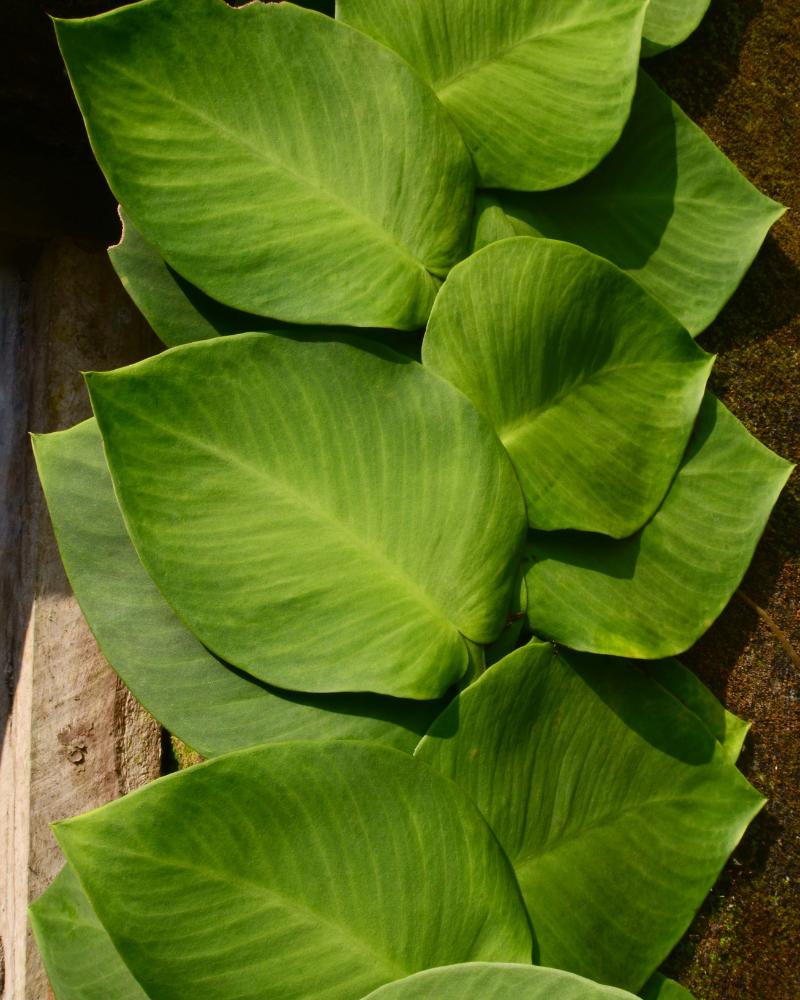
The Rhaphidophora genus is one of the most common groups of houseplants. Plants from this genus are quite similar, but what’s even more confusing is their close resemblance with the Monstera genus.
Even experienced gardeners can sometimes mix up the two plants. To understand the differences, we’ll cover the main features of the R.korthalsii plant.
How Does the Rhaphidophora Celatocaulis Look Like?
One of the most special things about the R.korthalsii is the different shapes of the leaves in the juvenile and mature growth stages.
Young korthalsii plants have narrow, elongated leaves; upon maturing, the leaves become massive, split, and will often become perforated.
Let’s explore more!
Leaves
When it’s at the young stage, the leaves of the shingle plants resemble hearts. Be careful when referring to R. korthalsii as the “shingle plant” since many other plants go by the same name, which may be confusing.
Another unique feature of the leaves at a young age is short petioles. At this stage, the leaves grow about 2.5 inches wide and 4 inches long.
Once it has matured, the leaves grow about 17 inches wide and 35 inches long (pretty massive!)
Stem
Like the leaves, the stem also changes as the plant ages. The young, glossy light green stems age to a woody color. At the early stages of development, the plants have small internodes, but as the plant grows, the internodes expand to about 6 inches.
Flowers
Flowering in this plant is quite fascinating. The plant may either develop a single or numerous flowers, and said flower or flowers may produce a single inflorescence or several. The first flower on the plant is subtended by a prophyll that resembles a membrane.
A mature korthalsii plant produces grayish-white flowers on an elongated symmetrical spathe. After a short while, the spathe falls off, leaving a broad scar at the bottom of the spadix.
Growth Rate and Habit
In its natural habitat, the Rhaphidophora celatocaulis can grow up to a massive 65 feet.
Even though it has a fast growth rate, the plant will only grow up to 8 feet when cultivated as a houseplant. As it grows taller, the plant may need a support structure such as a pole or a totem in an indoor environment.
Rhaphidophora Korthalsii vs Rhaphidophora Tetrasperma
Due to their striking similarities, sometimes it may be difficult to differentiate plants from the Rhaphidophora genus. For example, many gardeners have a challenge differentiating between Monstera minima and Rhaphidophora tetrasperma.
Other sets of species that are often mixed up, especially due to their massive split leaves, are R.korthalsii and Rhaphidophora tetrasperma (mini monstera). Only by closely examining the shape of the leaves can you tell the difference.
The shingle plant has larger albeit less wide leaves compared to the Rhaphidophora tetrasperma. Another key difference is that the mini monstera leaves don’t contain perforations around the midrib that give the leaves a stilted appearance, unlike the R. korthalsii.
Rhaphidophora Korthalsii vs Rhaphidophora Hayi
It’s not surprising that these two plants are strikingly similar, given that they belong to the same genus.
The main differentiator between the two is leaf color. While the R.hayi has dark green foliage, the R.korthalsii has blue-green foliage.
Additionally, the R.hayi leaves don’t change shape through the different growth stages of the plant, i.e., the leaves will look the same in mature and juvenile stages.
The distinct morphology of Korthalsii’s mature leaves can also be used to differentiate the two since the R.hayi leaves don’t form perforations. Moreover, the leaves of the hayi don’t overlap, which is the case with korthalsii leaves.
Rhaphidophora Korthalsii Schott: Care Guide
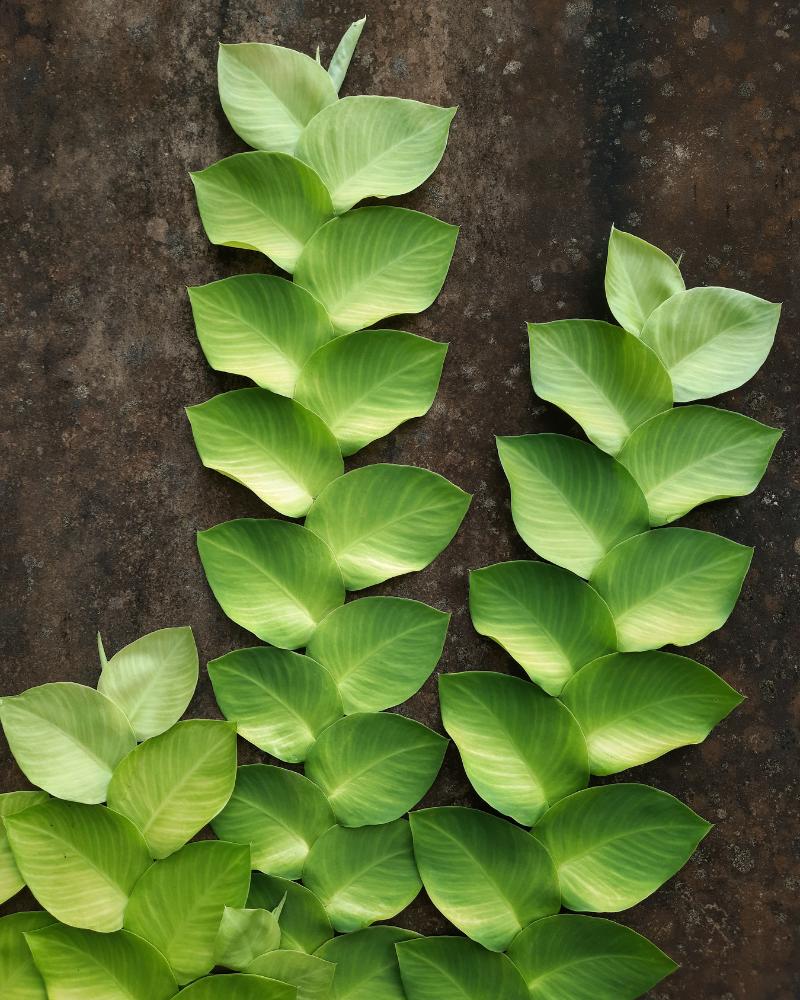
Now, you can differentiate the korthalsii from other plant species, and you know exactly what this plant looks like. It’s time we examined how you should take care of this plant to ensure that it’s healthy and thrives.
Luckily, this Rhaphidophora is easy to maintain, and you can easily meet its demands. In fact, if you mimic its natural habitat, your plant will be thriving in no time.
Here is a summary of its main care requirements.
| Light: | Bright indirect light |
| Humidity: | Moderate to high |
| Temperature: | 70-80℉ |
| Soil: | Fertile, porous, well-draining |
| Watering: | After the top two inches of the soil are dry |
| Fertilizing: | Apply each month during the growing season. Use a balanced fertilizer. |
| Staking: | Use moss poles, totem, or trellises |
| Repotting: | Yearly or when rootbound |
Let’s examine this care guide in detail!
Light Requirements
Light is one of the most important parts of the R.korthalsii care guide. When exposed to the wrong light conditions, your plant will be significantly impacted in a negative way, and it may even die. This Rhaphidophora thrives in bright indirect light, so ensure you place it in an area where it can receive plenty of it.
Too much direct light will wreak havoc on your plant, especially the leaves, which will curl, scorch, and wilt or droop. Continuous exposure to these conditions will cause your plant to dry up and eventually die.
Low light conditions are just as detrimental. To grow healthy and robust, the plant needs the leaves to absorb enough light for the photosynthesis process. Keeping the plant in low light conditions will cause the leaves to start yellowing, which in turn stunts the growth of the plant.
The ideal place for your plant would be in either a west or east-facing window, where it can receive low-intensity direct light in the early morning or late evening. For the rest of the day, the plant will receive indirect light, which is perfect for its growth.
Avoid placing this tropical plant near a south-facing window due to the intensity of the sun’s rays. If finding another ideal location is difficult, then consider placing something to filter the direct sun rays, such as sheer curtains.
On the other hand, if your plant is in a location where it’s mostly dark, such as a north-facing window, then you should invest in grow lights to provide the plant with sufficient light.
Humidity Requirements
Due to the climates in the tropics, plants with tropical origins naturally require high humidity levels.
As such, the average household humidity levels won’t be ideal for your shingle plant. You’ll need to adjust it accordingly.
Keeping the humidity levels above 60% will ensure your plant is in an optimal environment.
Adjusting the humidity may seem like a challenging task for beginner growers, but if you are seasoned in this trade, then you know what to do.
Here are five great methods to adjust humidity levels around your Rhaphidophora to help it thrive.
Mist Your Rhaphidophora
A classic method of increasing the humidity levels around your plant. This method is simple and effective, but it takes a lot of time.
Since the plant may need misting several times a day, it may not be the best method to use if you don’t have a lot of free time. This frequency of misting is required since the moisture that you have misted on the plants will quickly evaporate, decreasing the humidity.
If you don’t have the time to mist the plant several times a day, then combine this method with any of the following DIY methods.
Place a Pebble Tray Below The Pot
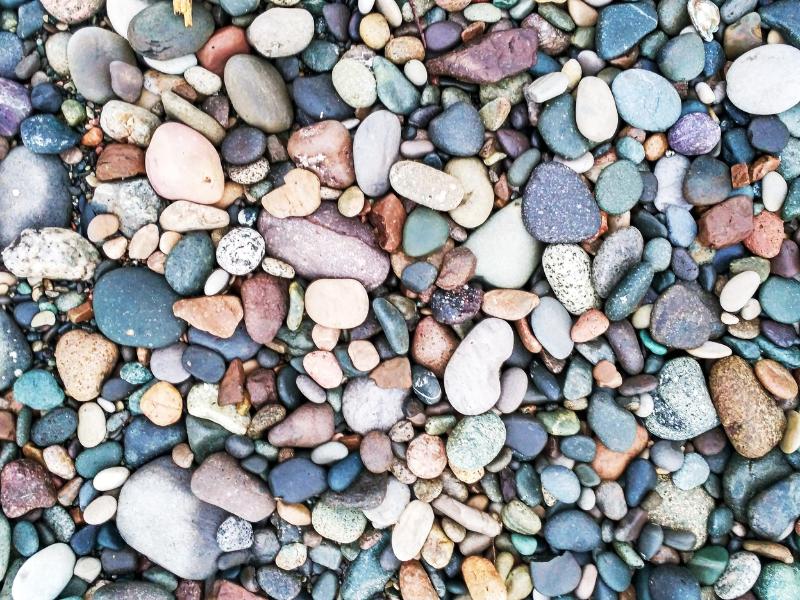
A pebble or humidity tray is a cheap way to increase the humidity in your plants without going for complex and costly methods.
All you need to do is fill a shallow dish or tray with some pebbles, then pour some water on the tray and place your plant on the pebbles. As the water evaporates from the tray, it’ll increase the humidity around your plant.
Pebbles are beautiful, so this will add to the beauty of your shingle plant, making it even more breathtaking.
This method is effective for tropical plants, but to increase the chances of success, you should combine it with another method.
Grouping Your Plants Together
It may sound a little bit fishy, but grouping your plants together will do wonders when looking to increase the humidity levels. Placing plants close to each other creates a perfect microclimate for your greed buddies.
This simplistic idea doesn’t require any special chemical or biological process, and it’s the easiest of the five methods.
If you are growing more than one houseplant or other species of the Rhaphidophora genus, such as the Rhaphidophora decursiva or Rhaphidophora cryptantha, then placing them next to each other will help these aroids maintain high moisture levels through the transpiration process.
You can also place other plants that benefit from high moisture levels, such as Hoya, the Scindapsus, or Epipremnum genus, near your korthalsii.
Use a Terrarium
You can either use a terrarium or a vivarium to grow your korthalsii under the right humidity levels.
Generally, terrariums are preferred for smaller plants, but larger plants such as Monsteras or, in this case, Rhaphidophora also do well in larger containers.
As previously mentioned, these plants grow to massive heights, but you can trim them to maintain the desired size when growing them indoors.
You can purchase terrariums for your aroids online.
Purchase a Humidifier
DIY may seem like too far of a stretch for some growers, but the convenience comes at a cost.
A humidifier isn’t generally cheap, but it’s efficient, and if you can afford one, it’s the best choice to increase humidity levels for your korthalsii.
If you have a lot of tropical houseplants, then a humidifier is even economical, considering the benefits that your plants will reap.
Temperature Requirements
Even though these plants are native to tropical regions, the temperatures don’t need to be sky-high for this plant to thrive.
Maintain temperatures of at least 65℉ indoors. It’s also important to note that your plant may be adversely affected if the temperatures are above 80℉.
To be safe, you should maintain a median temperature of about 75℉.
While the R. korthalsii can also do well in slightly higher or slightly lower temperatures, it can’t withstand temperature fluctuations or drafts.
As such, you should keep your plants away from air vents, radiators, air conditioners, furnaces, and fireplaces.
Soil
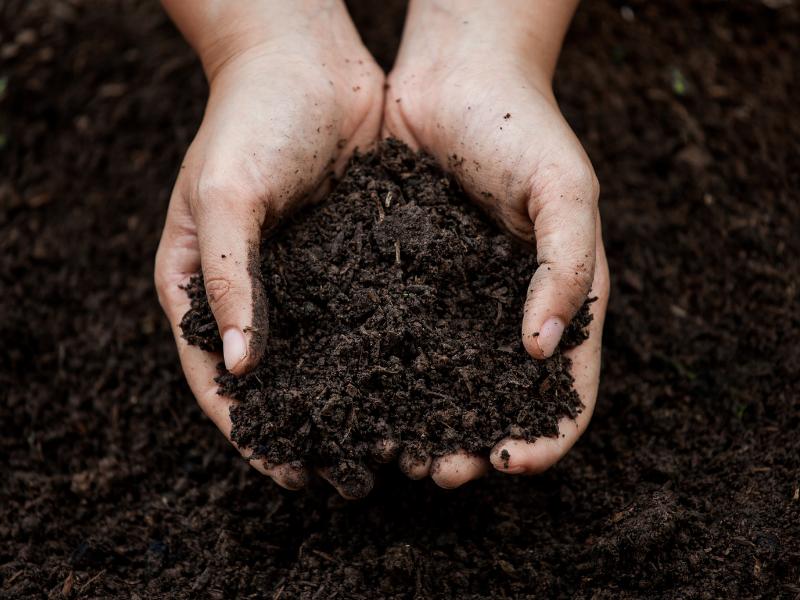
A key feature of plants from tropical regions is that they thrive in porous or well-draining soils. This prevents waterlogging and ensures the plant can absorb enough oxygen from the roots.
To create the best potting soil for your R.korthalsii, use the following materials:
- Coco coir
- Perlite or pumice
- Sphagnum moss
- Orchid bark
Materials such as perlite are important in the soil since they enhance drainage, which in turn reduces the risk of overwatering.
Adding drainage holes to your pot or container is also another effective way of improving drainage. These holes drain off the extra moisture that would otherwise attract fungi, bacteria, and insects.
As for the soil pH, the Rhaphidophora thrives in soils of pH ranging from 6.0 to 6.5. To confirm the pH of your soil, you can perform a soil test.
Watering
Probably the most challenging part about the R. Korthalsii care guide is the watering part. Since it’s a tropical plant, you’ll generally expect that it needs a lot of watering. However, it actually prefers less watering.
As with other plant care needs, watering will also vary based on whether the plant is growing outdoors or indoors.
It’s important to note that the watering frequency will vary depending on many factors, such as humidity, temperature, and light levels. Varying these factors will cause the watering needs to change.
Your Rhaphidophora will need more watering during the growing season in the summer. As fall approaches, the watering needs will decrease as the growing season comes to an end. During the dormant winter period, the plant will need even less watering.
The secret to a well-watered R,korthalsii, is creating and maintaining a good watering schedule. This should be your main concern when watering the plant.
Watering should be done once the top two inches of the soil are dry. To confirm if the soil is dry, insert a finger in the soil and observe. Alternatively, you can use a moisture meter to detect the moisture levels in your plants.
It’s best to avoid underwatering or overwatering your plant. Either of these occurrences could significantly impact your plant and even lead to its death. This is why it’s critical to figure out the best watering schedule for your plant.
Fertilizing
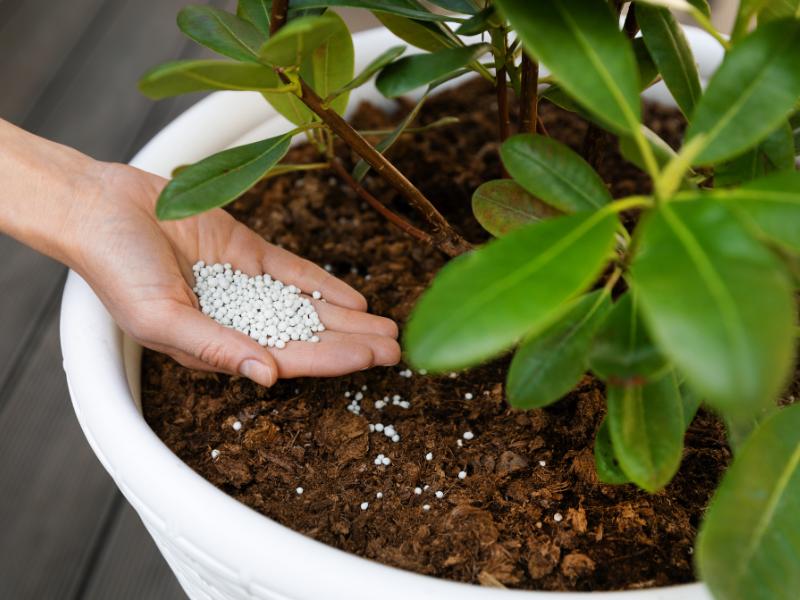
Giving your plants a boost is crucial for them to be healthy and robust throughout the season. As such, you should feed your R.korthalsii at least once a month during the growing season.
Here is what you should consider when choosing a fertilizer for your plant:
- All-purpose
- Balanced
- Liquid
No matter the fertilizer or NPK ratio you choose, ensure you dilute it to half-strength to avoid burning the plant’s roots.
Staking
The shingle plant is a vining or climbing plant, so it’ll need some support in the course of its growth.
The best way to do this is to use a moss pole or totems, trellises, coco coir poles, climbing walls, and other support structures so that the plant attaches to them.
Repotting
The R.korthalsii is one of the fastest-growing Aracea plants. This means that it’ll need more frequent repotting than other houseplants.
Once the roots of the plant have started protruding through the drainage holes, then it’s time to repot your plant.
The best time to repot your plant is at the beginning of the growing season. This way, your plant will have enough time to adjust to its new pot or container before the dormant season begins.
Your plant should be repotted in a larger container whose diameter is about two inches larger than the previous one. Avoid using an extremely large pot, as this could encourage the development of fungal diseases and fungal infections.
The next part is to remove the plant from the pot. Avoid pulling the plant when doing this, as you will likely damage or break the roots.
To remove the plant from the pot, lean it to one side and slowly slide it out.
Fill the new container with fresh potting soil to about one-third and place your plant in the middle of it. Next, add the rest of the potting soil and pat it slowly to make it firm, then lightly water the plant.
Voilà! Your plant is ready to experience new growth.
How To Propagate The R.korthalsii
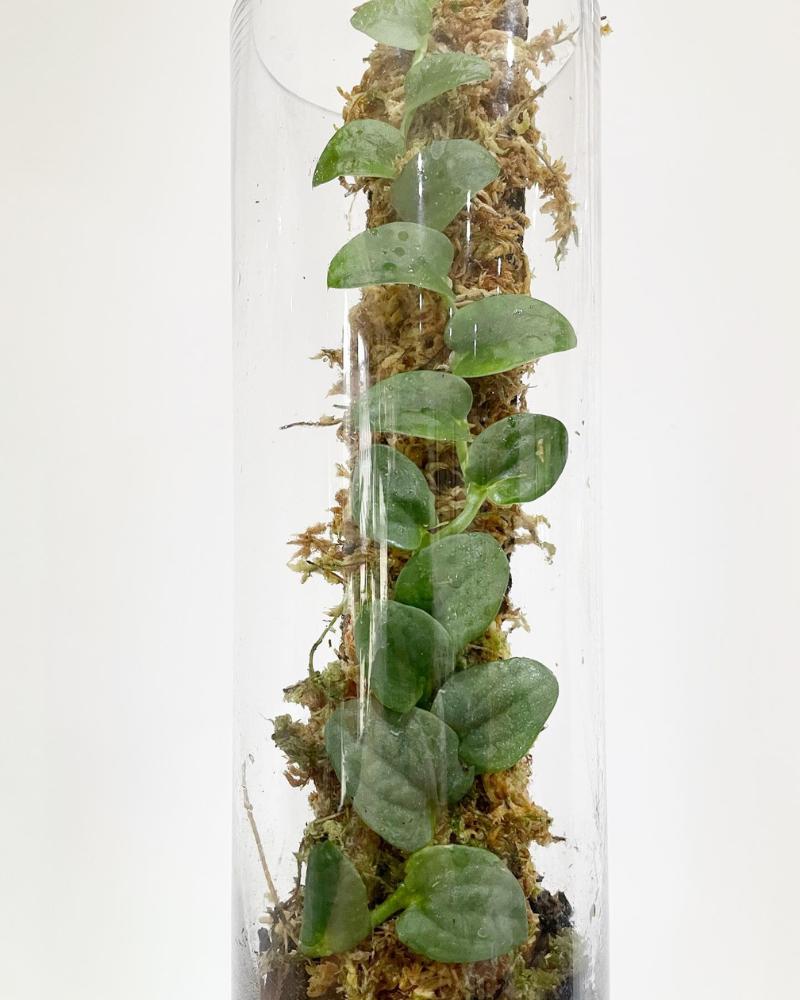
Propagating the shingle plant is a fairly simple task. All you need to do is prepare the right equipment and closely follow the steps below, and you’ll have new Rhaphidophora in no time.
The best way to propagate this plant is using stem cuttings; you can either propagate the cuttings in water or in soil.
This section will examine how to propagate cuttings, root them, and how to successfully transplant them.
How to Make Stem Cuttings
Before you begin making cuttings, you should prepare the right tools. This may include gardening shears or a sharp knife. Sterilize the tools before using them on the plant. This way, the stem you cut will be healthy, and you’ll reduce the risk of bacterial infection.
Once you have determined that your plant is healthy, use the sanitized shears or gardening scissors to cut some healthy stems from the plant.
You’ll need a clear vase or container if you are using the water propagation method. You’ll also need some rooting hormone and a plastic bag.
Making cutting is easy. Just follow the following steps:
1. First, select a robust and healthy stem from your plant. Select a stem that has at least two nodes (the more nodes, the better).
2. Using the shears or scissors, make a cutting on the stem just below the lower node.
3.If your cutting has any lower leaves, remove them. This reduces the risk of infection or the cuttings rotting.
4. Next, dip the cuttings in a rooting hormone. Apply the hormone to any nodes that will be below the water or soil level.
Once done, your cuttings are ready to root!
How to Root the Cuttings in Water
Rooting in water is one of the most effective ways of propagating Rhaphidophora. You don’t need to grow the plant in water just until they root. If you don’t have a lot of experience gardening, this is a simple and effective way to root your shingle plants.
Here are the steps you should follow to root the korthalsii in water:
1. Fill a clear vase or container with some lukewarm water.
2. Insert the cut side into the water. The nodes should be below water, and the leaves should be above the water line.
3. Place the vase with the cutting in an area with sufficient bright indirect light.
4. Change the water after every two days.
5. Once the cuttings have developed roots and the roots get to about 2-3 inches, they are ready to be transplanted into the soil.
Rooting Cuttings in Soil
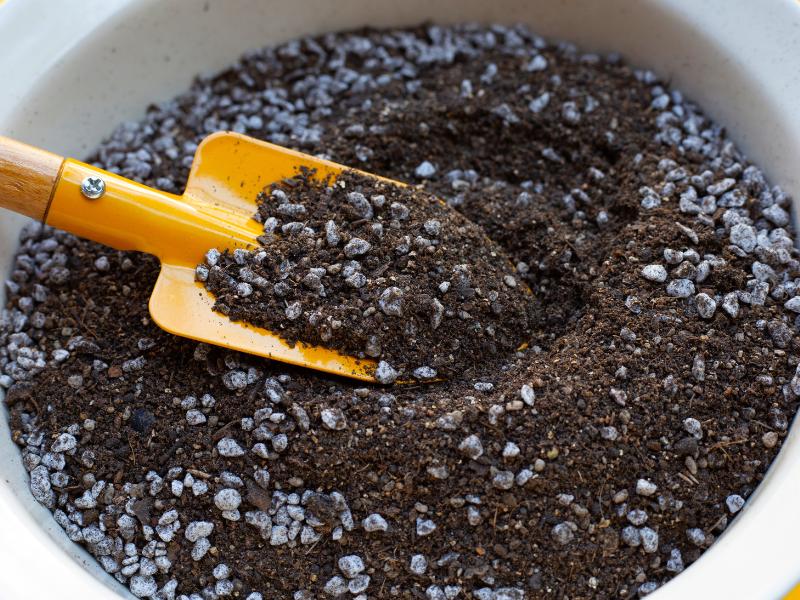
Propagation in soil is an efficient way to generate new plants since you don’t need to change from one medium to the other once the cuttings root. If you decide to propagate the cutting in soil, you should follow the following steps:
1. Get a nursery pot or container and fill it with fresh potting mix.
2. Make a hole in the soil that’s wide and deep enough to fit the cuttings you made.
3. Place the cutting in the soil, taking care to ensure the nodes are below the soil line.
4. Gently press the soil around the cutting to make it hold firm.
5. Cover the nursery pot or container with a plastic bag and make some holes in it to allow air circulation. The leaves of the cuttings should remain intact, so support the bag with some sticks or other support structures such that it doesn’t interfere with the cuttings.
6. Place the nursery pot or container in a warm area with sufficient bright indirect light.
7. After every four days, remove the plastic bag to allow the cuttings to breathe. You should also mist your plants to maintain the right humidity levels,
8. After the cuttings have rooted and the roots develop to about 3 inches, you should transplant the R.korthalsii to a new pot.
How to Transplant Your Cuttings
You need to be extremely careful when handling the cuttings so that you can successfully transplant them. Cuttings can easily be damaged, especially if they are propagated in water.
Fill a new growing pot or container with fresh potting mix. Then, make a hole in the container that is deep and wide enough for the cutting to fit in.
Once you have planted the cutting, cover it with more potting mix and continue caring for the plant with the recommended plant care guide.
Common Issues with Shingle Plants and How to Fix Them
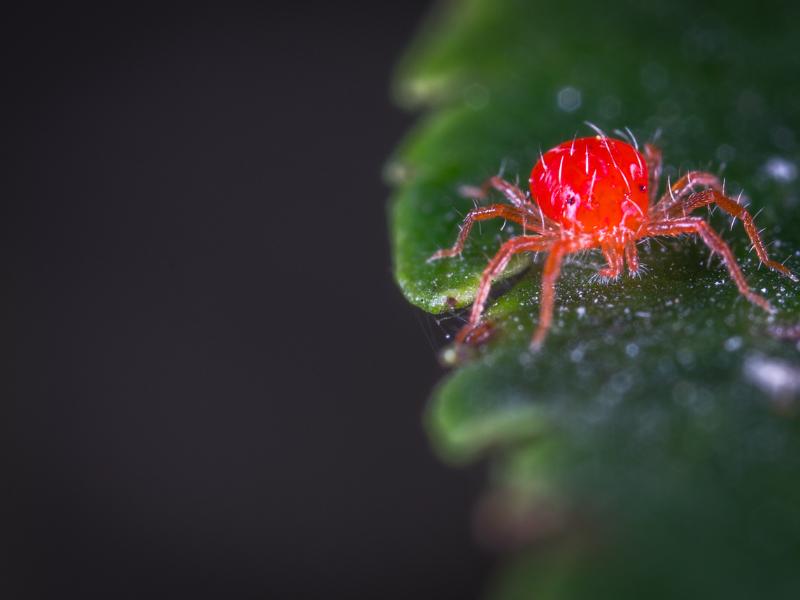
You are in luck because Rhaphidophora plants aren’t prone to many pests and diseases. The only issues you are likely to encounter are common houseplant issues.
Most of the issues that we’ll outline are a result of improper plant care, so let’s examine these issues in detail and learn how to fix them.
Pests and Diseases
As a gardener, you probably understand how pests and diseases can impact the growth and development of your plant in various ways; although it only occurs rarely, this plant can be attacked by pests such as spider mites, aphids, and scales.
There are different ways to deal with pest attacks or infestations, such as using insecticidal soap, neem oil, or applying rubbing alcohol to the plant.
Diseases are also rare in R.korthalsii; the most common disease that your plant is likely to suffer from is root rot. You can avoid this disease by giving your plant the best growing condition and following the right watering schedule.
Root rot can deal great damage to your plant, so it’s important to spot it early and use the right treatment to avoid excessive damage.
Leaf Deformation and Discoloration
The leaves of your plant turning yellow can be caused by several factors, so you need to examine several factors to determine what the problem is.
First, check the moisture levels. Excessive moisture or overwatering can cause leaf deformation and discoloration due to root rot.
Another form of leaf discoloration is when the leaves of your plant develop brown tips and edges. You also need to check that your plant has the right moisture levels. Only this time, you will be checking for underwatering.
Browning may also be a result of excessive temperatures or heat.
Another type of leaf disorder is when your leaves develop spots. This is mainly caused by excess water or attack by pests.
Leaf Curl, Drooping, and Wilting
One of the most common causes of the foliage drooping and wilting is underwatering. When the plant roots don’t receive enough water, they stop carrying water to other parts of the plant.
Leaves that receive insufficient water curl and droop.
Stunted growth is also another sign that your plant lacks enough.
Other key causes of your plant wilting, drooping, and curling are low temperatures, low humidity, and poor light conditions.
Commonly Asked Questions
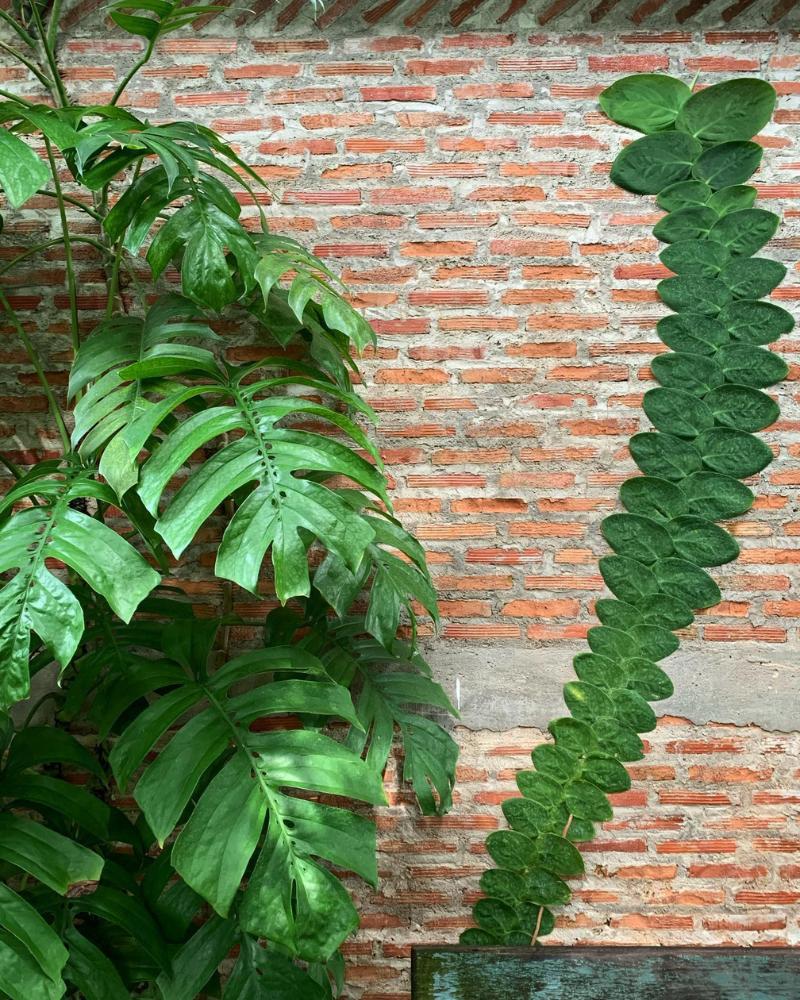
Is the shingle plant toxic?
Yes, the Rhaphidophora korthalsii is toxic to both humans and animals. If your pet or child accidentally ingests any part of this plant, they may experience mouth swelling, oral irritation, and a loss of appetite.
To prevent this from happening, keep your plant out of reach of children and pets.
Is the R.korthalsii a rare plant?
It’s as rare as they come. The chances of finding this plant in your local gardening or plant store are extremely low. If you are lucky enough to find one, make sure you take good care of it and propagate it; maybe you can gift this rare aroid to a friend.
What is the life expectancy of the Rhaphidophora korthalsii?
Like all other plants from this genus, the Rhaphidophora korthalsii is a perennial. If provided with the right growing conditions, this plant may live for up to three years.
The plants will live longer if you replicate the tropical natural environment, which is the natural environment of this plant.
Wrapping Up
If you’re looking to expand your indoor houseplant collection, then the R.korthalsiis should be one of the plants on your list.
Since it’s one of the rarest houseplants with amazing leaves, this plant will not only make a one-of-a-kind decor but it can also add a lot of style to your space.
When combined with the right indoor plants, the plant looks breathtaking! Since it’s low maintenance, you won’t have to worry much when growing this perennial.
As the plant matures, support it with the right structures, such as trellises, or grow it in hanging baskets. Either way, you are assured of alluring, breathtaking beauty in your space. Just don’t forget about the toxicity if you have pets or children.
Until next time!

